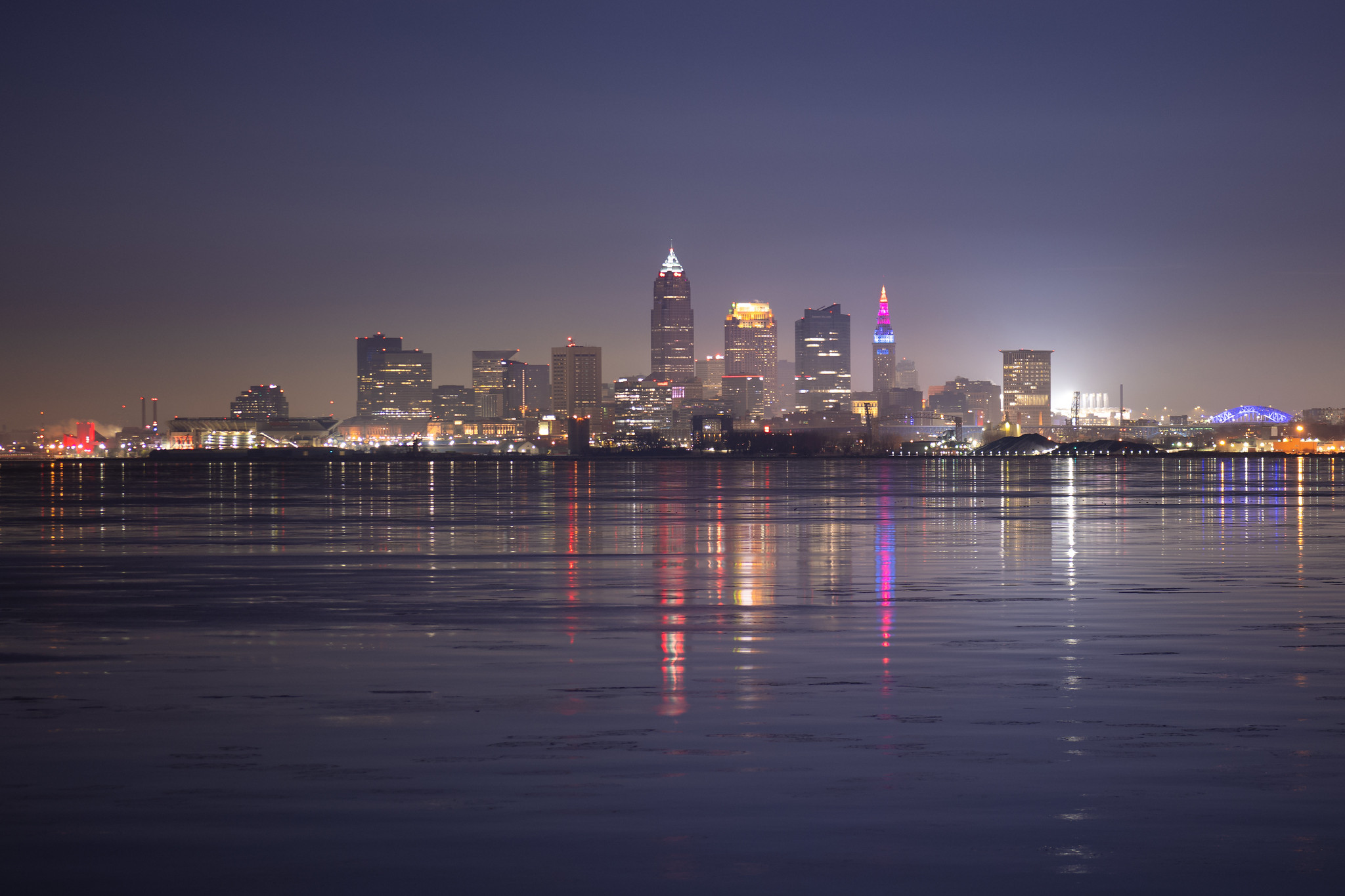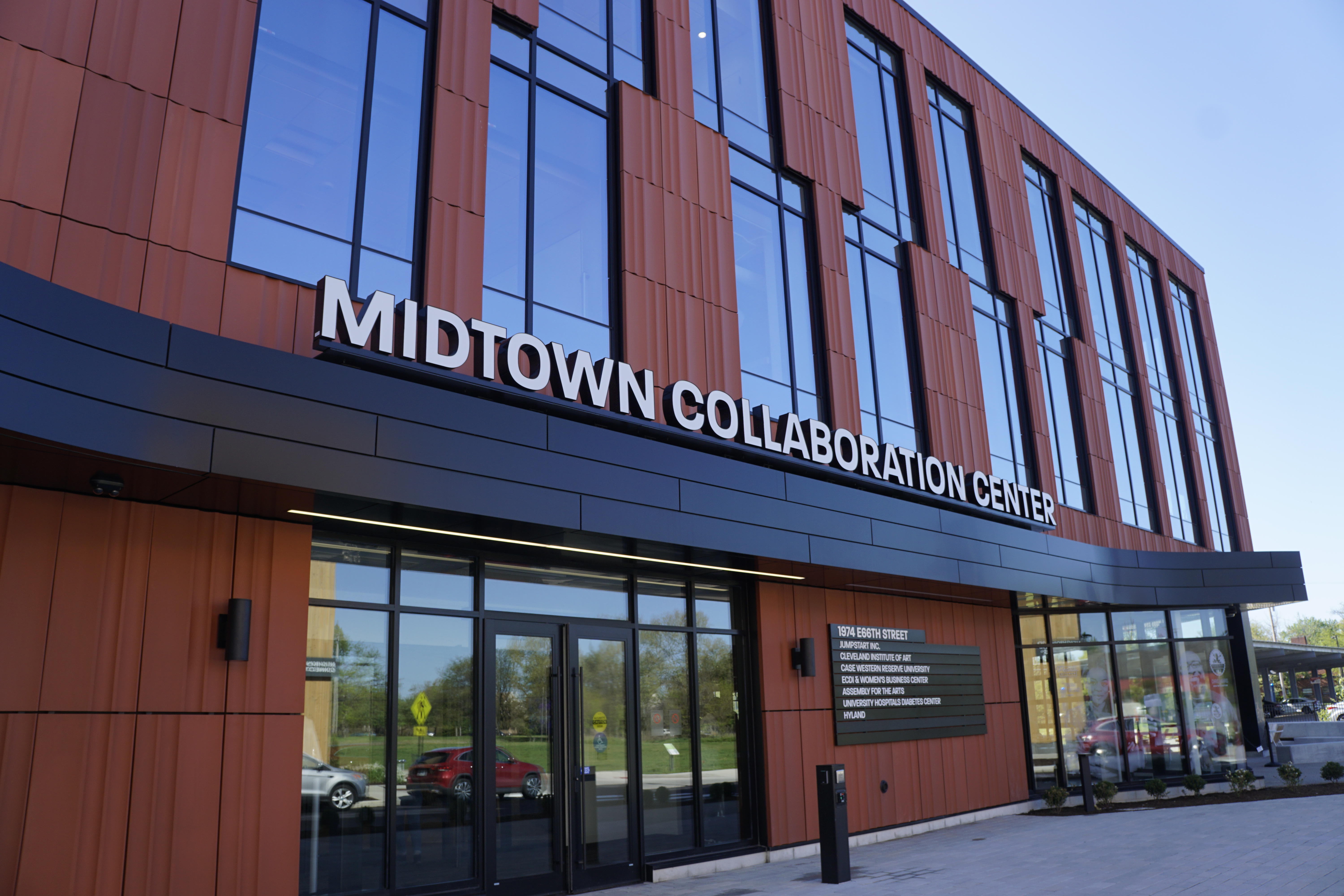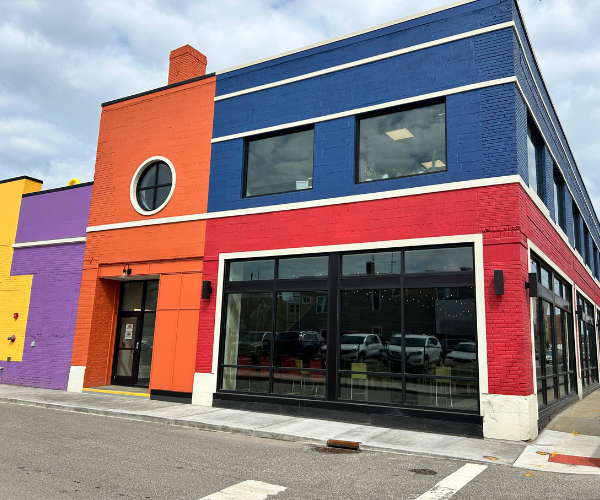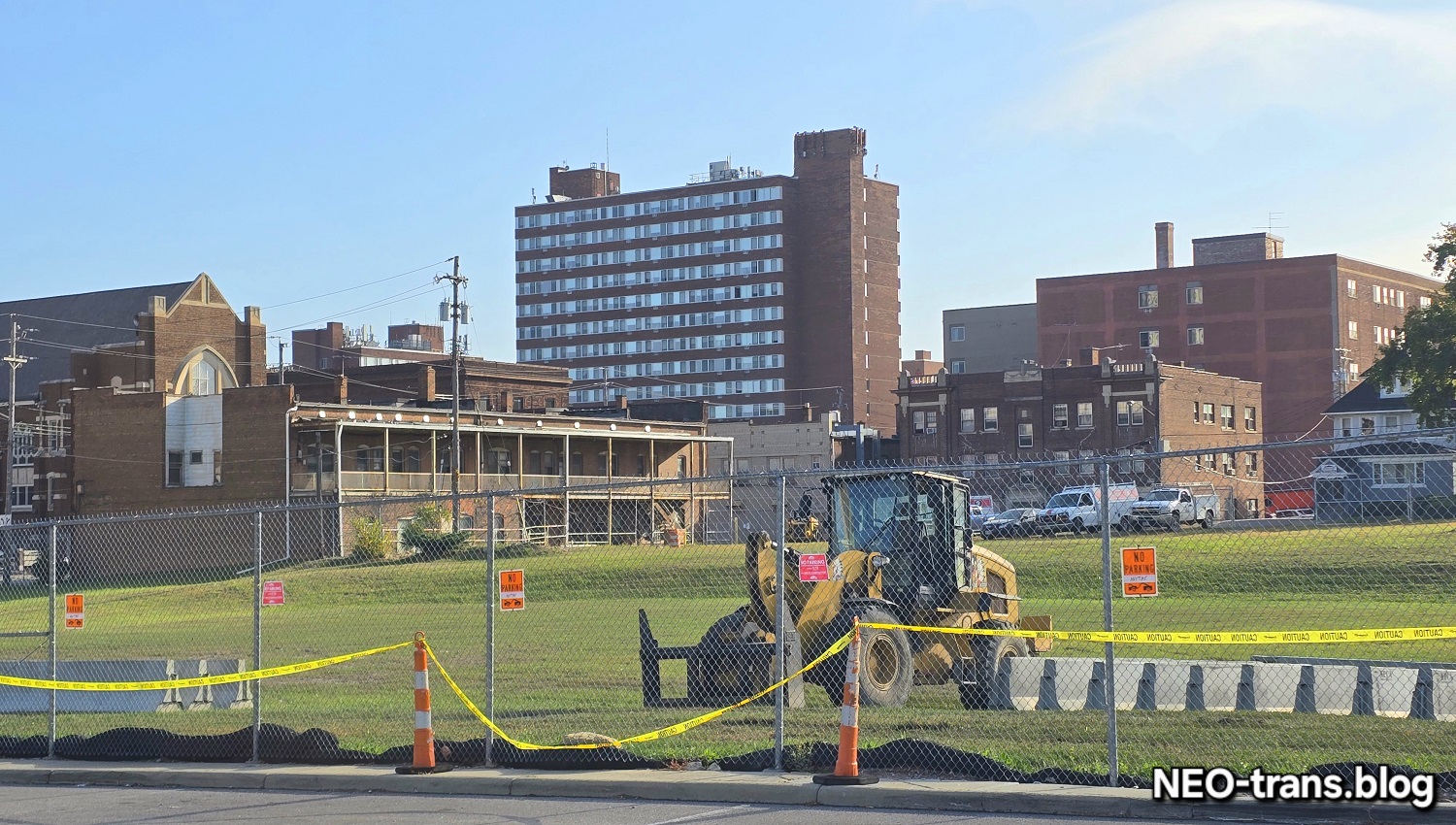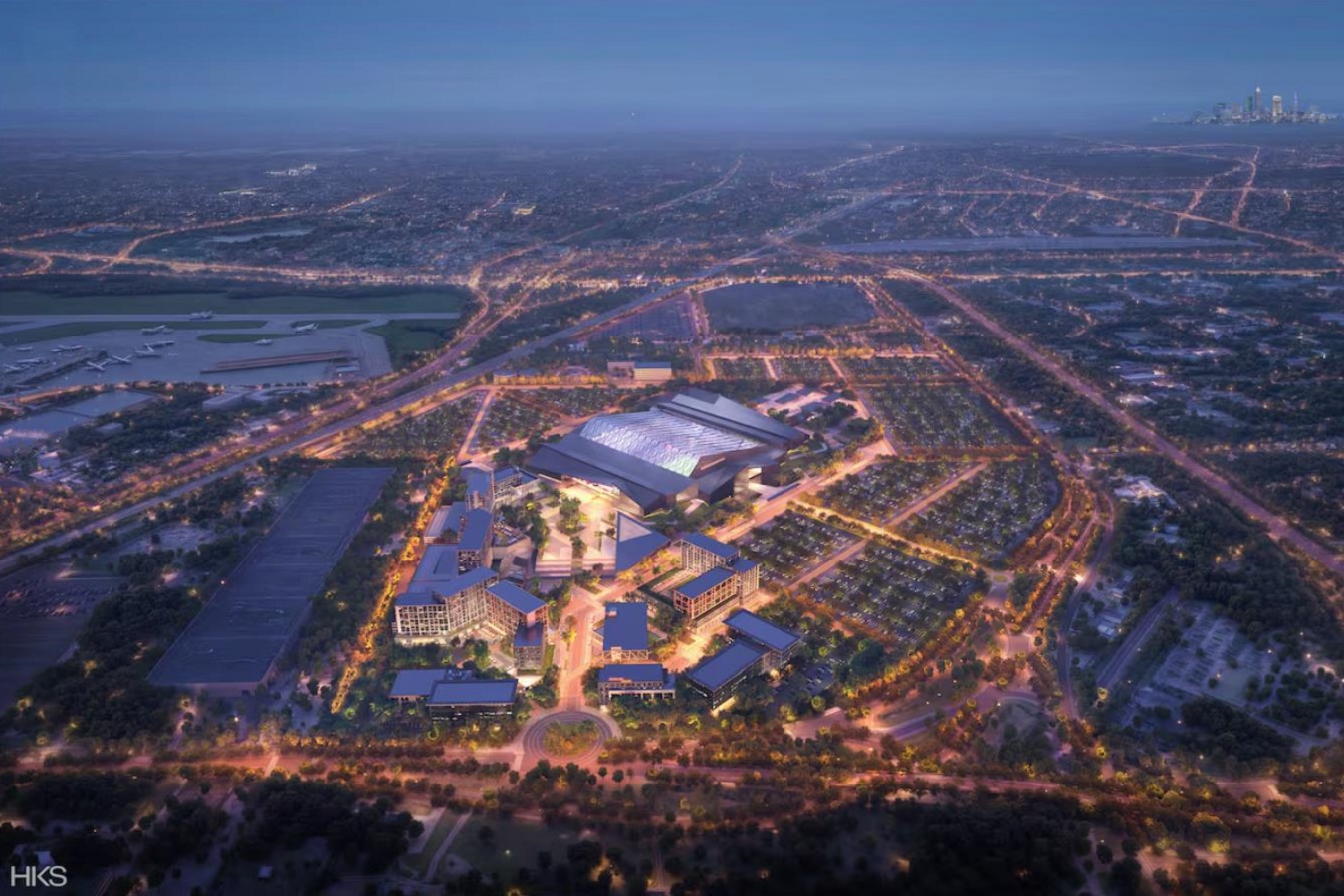Gorge Dam Removal Project Breaks Ground
by Christina Rufo | Aug. 18, 2025 | 9:00 AM
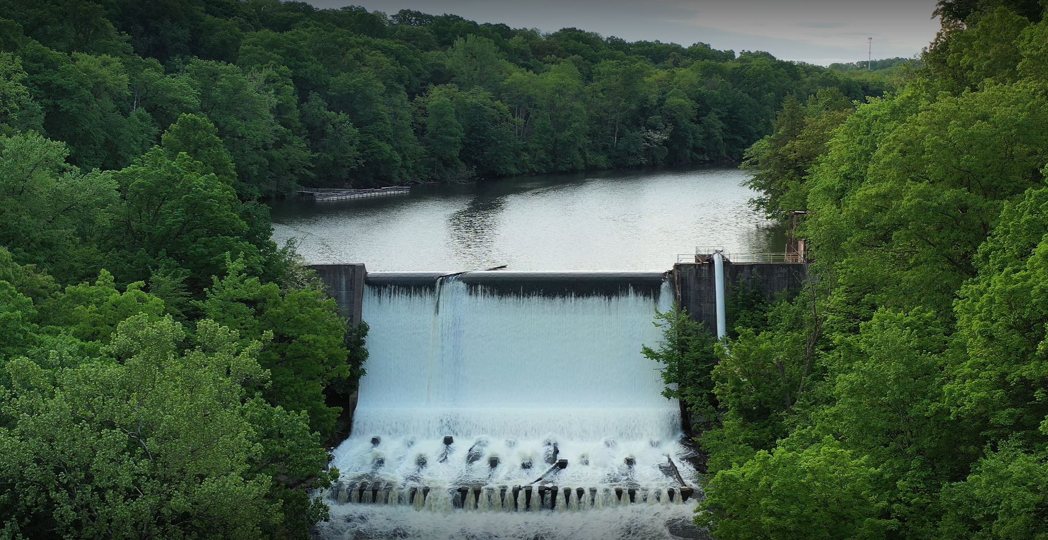
Courtesy Summit Metro Parks
Along the edges of the dam pool at Gorge Metro Park, excavators and cranes now hum with activity, kicking off the sediment removal process. Black tubing floats atop the water to pump sediment through a temporary pipeline. While direct access is restricted, glimpses of the construction unfold through breaks in the dense, summer greenery as the industrial scene slowly reclaims a long-altered river.
Trails that lead to the dam, like Highbridge and the T-dock, have been closed since early July to protect the public as heavy machinery and pipeline construction take over the area.
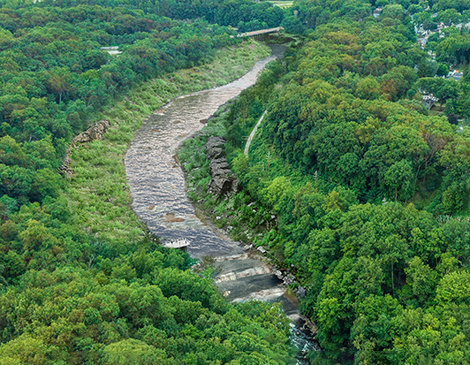
After more than a decade of planning and discussion, the Gorge Dam is finally coming down. The project is underway, starting with the massive task of clearing decades of sediment accumulated behind the dam.
Initially, the Gorge Dam was built in 1911 to generate electricity for local transportation, but inconsistent water flow made power production unreliable. By 1958, it ceased hydroelectric operations and has remained inactive for more than 65 years. Reinforced with concrete over time, the dam shifted from an industrial asset to an environmental obstacle affecting the river's health, blocking natural flow and trapping polluted sediment in a stagnant pool.
The dam has remained in place for decades due to high removal costs and disputes over ownership between FirstEnergy and local governments.
Mayor Don Walters, a lifelong Cuyahoga Falls resident, has long viewed the Gorge Dam removal as essential to restoring the river’s natural health and the city’s identity. During his 12 years in office, he has collaborated with engineers, environmental agencies and community groups to turn that vision into reality.
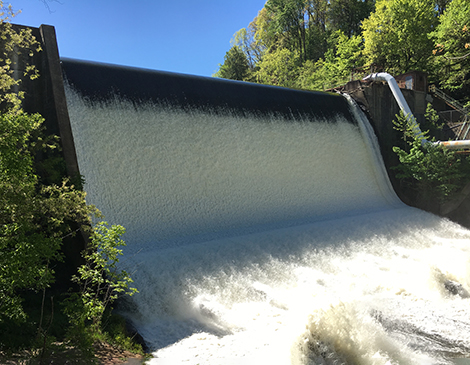
“I would say that the majority of the public is not that informed on river health,” Walters says. “But if you take the time to learn and research how rivers are supposed to be, they're not supposed to have dams. Dams are very unhealthy.”
City leaders and environmental groups hope to breathe new life into the river, unlocking its potential for recreation. The project will also uncover the city’s namesake falls, hidden for more than a century, as part of a broader effort to return the river to its natural state.
RELATED: Cuyahoga Falls' 18 Best Restaurants and Bars
"No one alive has ever seen what our city was named after, and so it'll finally be exposed," Walters says. "We're very grateful. It's taken 114 years, and it's finally happening."
The dam removal is a multi-phase, complex project expected to be finished by 2030, with sediment cleanup slated for completion by fall 2027. Sediment is currently being pumped to a landfill in Cascade Valley, though progress is weather-dependent and will pause during winter. Once cleared, the dam will be dismantled gradually, just one foot per week, to minimize disruption to aquatic life and the surrounding habitat.

The funding behind the Gorge Dam removal project has largely been secured through federal support, with the city contributing only a small portion. Initially estimated at around $50 million, the project’s cost has since ballooned to more than $150 million.
Despite this dramatic increase, local communities avoided taking on the bulk of the financial burden thanks to a significant funding commitment, nearly 65%, from the federal EPA.
Sign Up to Receive the Cleveland Magazine Daily Newsletter Six Days a Week
Mayor Don Walters emphasized that the city simply couldn’t have shouldered a project of this scale on its own.
City Council President Russell Balthis has been involved with the Gorge Dam project for more than a decade, dating to his time as the city’s law director in 2014.
As the project transitions into the active removal phase, Balthis believes the city will play a crucial role in keeping residents informed. He sees council and city leadership as an important source of clear, timely communication, especially when the work leads to unexpected disruptions or concerns.
Beyond ecological gains, the dam’s removal is expected to be a catalyst for tourism, with two miles of rare whitewater poised to attract kayakers and outdoor enthusiasts, driving recreation and regional economic growth.
“We want travel and tourism, and we have this natural resource. It's going to be a game changer for economic development, for river recreation and just the appreciation of how it's supposed to be,” Walters says.
For more updates about Cleveland, sign up for our Cleveland Magazine Daily newsletter, delivered to your inbox six times a week.
Cleveland Magazine is also available in print, publishing 12 times a year with immersive features, helpful guides and beautiful photography and design.

Christina Rufo
Christina is a passionate reporter on Cleveland's culture and dining scene, compiling Cleveland Magazine's monthly dining guide. A graduate of West Virginia University's journalism school and the New York University Publishing Institute, her work celebrates the people, plates and parties that make Northeast Ohio shine.
Trending
-
1
-
2
-
3
-
4
-
5

